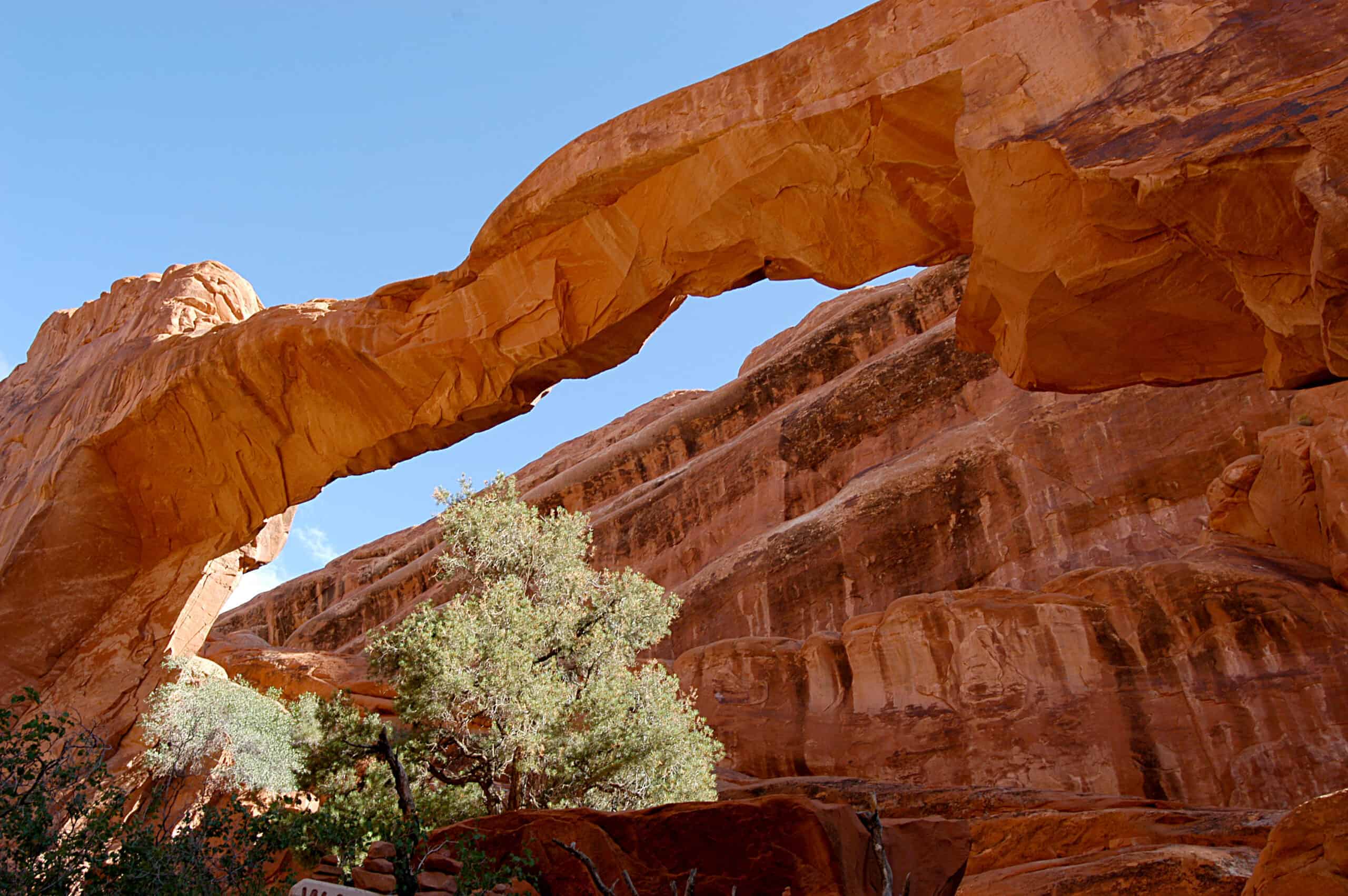Some of the greatest natural wonders on Earth got that way from untold centuries or millennia of ecological change. Be it erosion, wind, or tectonic plates, many of the great natural wonders met their demise the same way they were formed. Some, however, met their end due to human intrusion. In this article, we will explore 20 of the greatest natural wonders on Earth that have since vanished.
To compile a list of the natural wonders that have vanished, 24/7 Tempo consulted a range of outdoors, lifestyle, and nature websites including Love EXPLORING and OurPlnt. Next, we selected a range of wonders from around the globe with notable cultural impacts. After that, we consulted sites like the National Park Service to confirm specific details about the former landmarks. (For other unique wonders, click here to discover 45 amazing places you never knew existed.)
Hetch Hetchy Valley
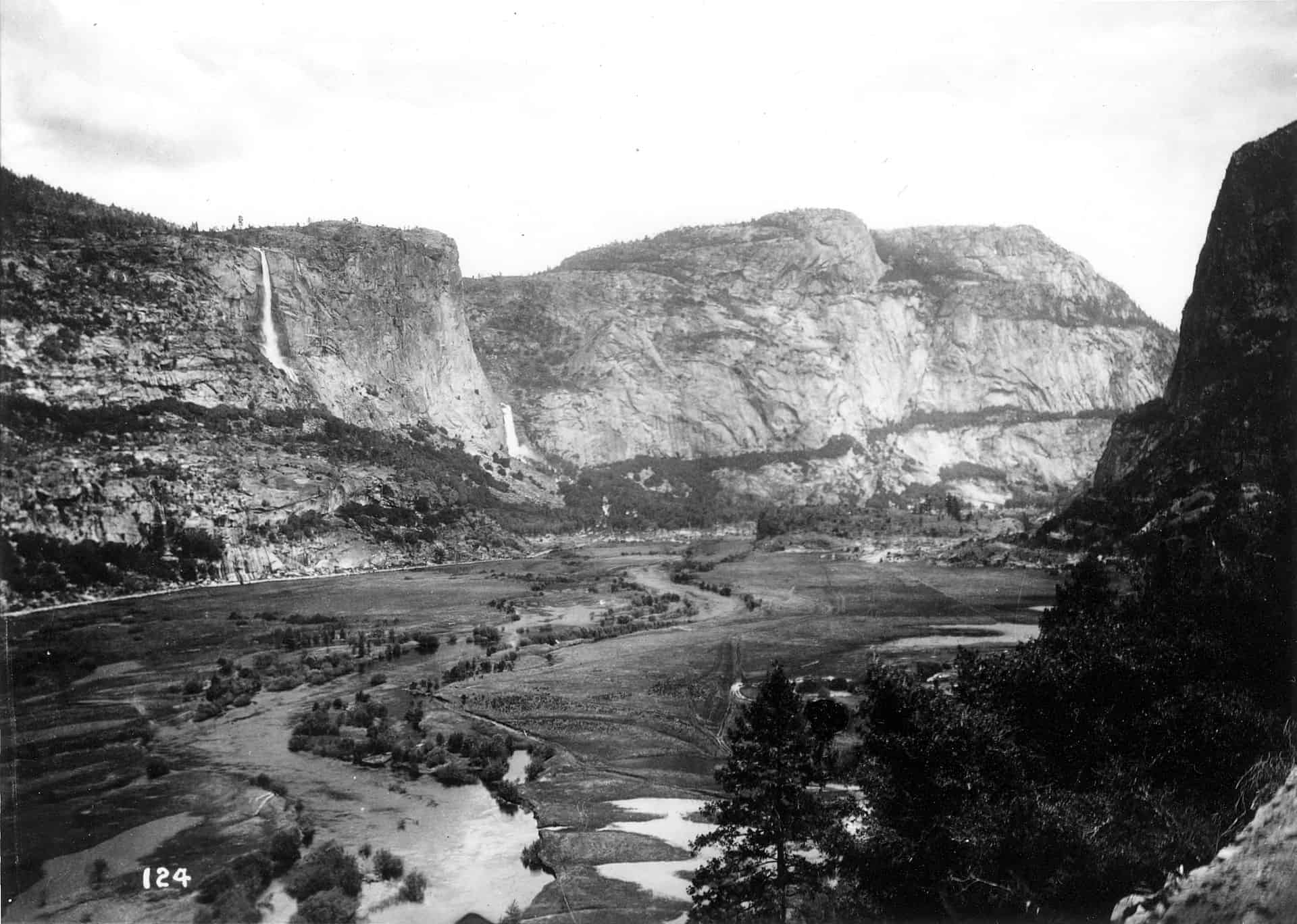
One of the great natural wonders that have vanished is Hetch Hetchy Valley. Once equivalent to the nearby Yosemite Valley in beauty and grandeur, Hetch Hetchy was a U-shaped valley. It featured steep granite sides and an abundance of floral and fauna dotting its floor.
That all changed, however, in 1913 when the United States Congress approved plans to transform the once-verdant valley into a reservoir and hydroelectric dam. Even though environmentalists like John Muir tried to fight the project, Congressional plans persisted. Eventually, the project saw completion in the mid-1930s.
Wawona Tree
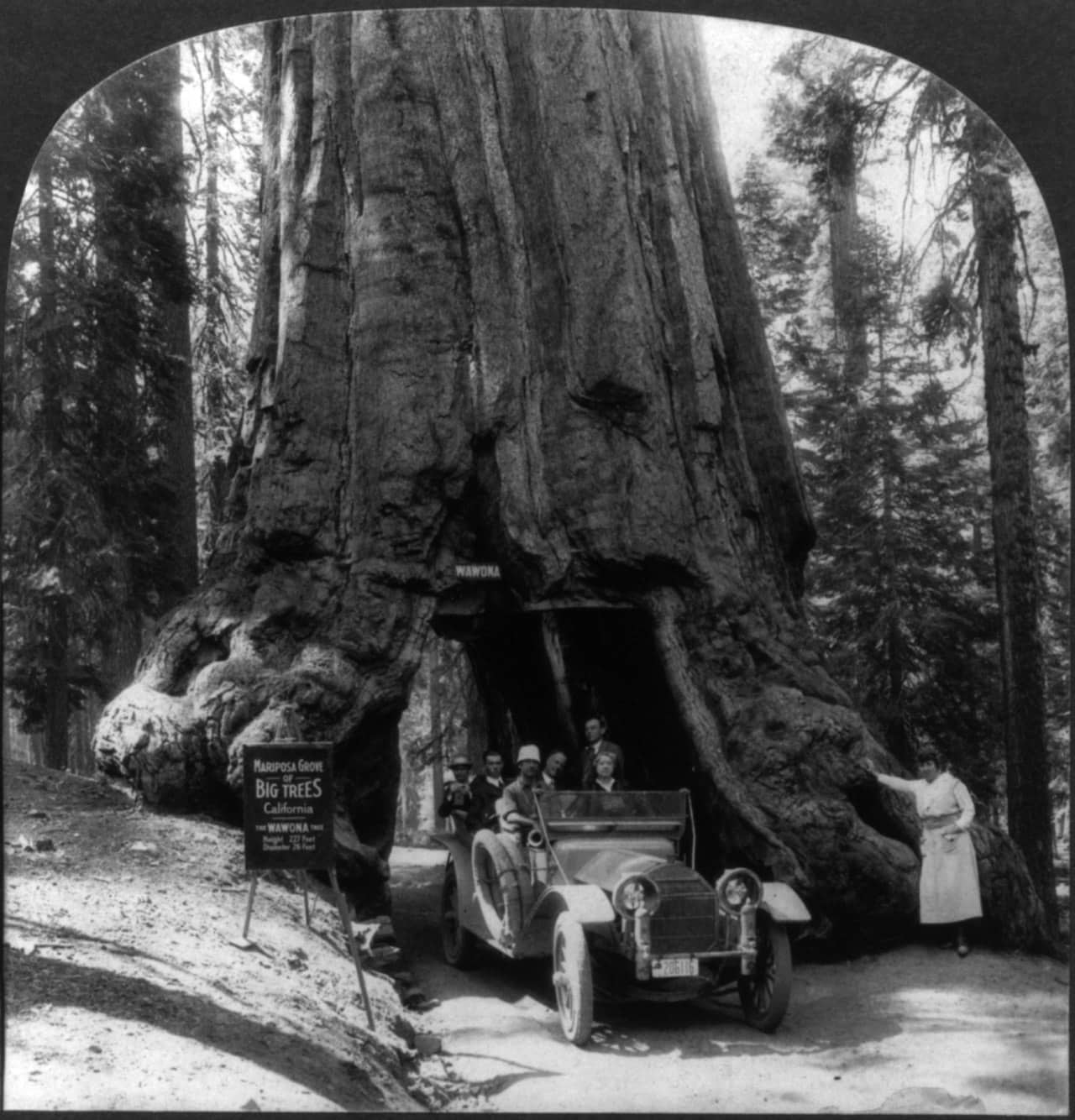
In the early 20th century one of the biggest attractions in Yosemite National Park was the Wawona Tree. This Giant Sequoia tree was so giant that its center core was carved out and it became a popular tourist spot. Visitors would stop for pictures or drive their car through its enormous trunk.
It became a natural wonder that vanished, however, in the mid-1960s. It was already structurally compromised from the massive chunk carved out of its core. Due to this, the Wawona Tree did not survive a particularly harsh winter. Heavy winds and intense snowfall caused the tree to topple over. At the time of its demise, the Wawona Tree was 2,100 years old.
Tree of Ténéré

Another one of the natural wonders that has vanished is the Tree of Ténéré in Niger, Africa. Once nicknamed the loneliest tree on earth, the Tree of Ténéré sat deep in the Sahara. So deep, that the nearest neighboring tree was some 250 miles away. An anomaly of the desert expanse, the tree became a popular landmark for those faring across the Sahara.
That changed, however, when the impossible happened. A truck managed to crash into the one tree for hundreds of miles, quickly felling it and ruining a unique landmark forever. Though a culprit was never named, it was believed to be the work of a drunk driver. To commemorate the loss, Niger established a memorial landmark and transferred the remnants of the Tree of Ténéré to a museum.
London Bridge (Australia)
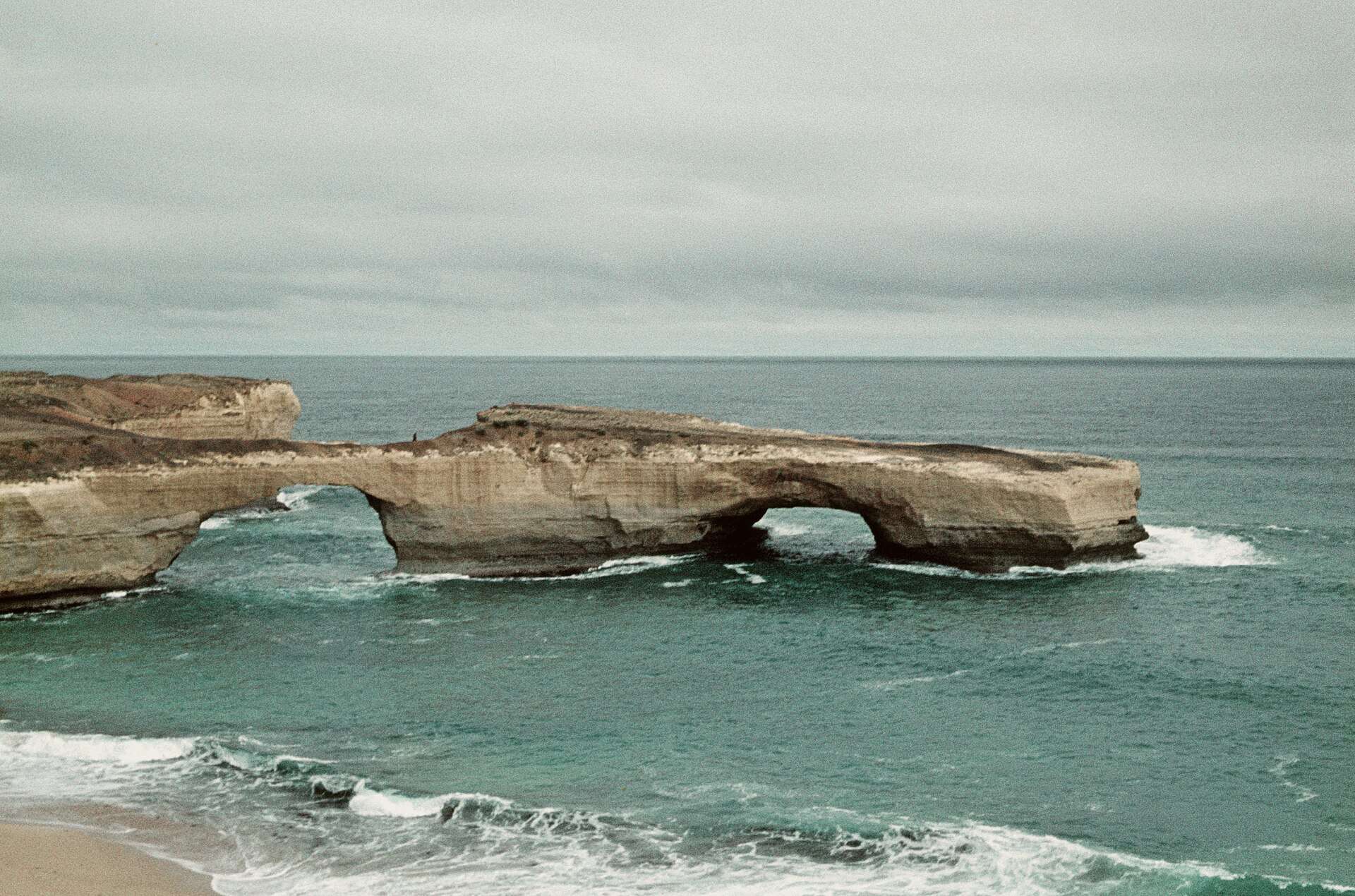
Another one of the natural wonders that has vanished is London Bridge in Victoria, Australia. Named after the real London Bridge in England due to its similarity in size and shape, London Bridge was a large rock formation off the southwestern coast of Australia along the Great Ocean Road.
Even though it took centuries or even millennia for the landmark to be formed, London Bridge collapsed in a single day. Moreover, a group of tourists had just traversed its length before its destruction in 1990. Though the Bridge no longer remains, one piece of it remains intact.
Jeffrey Pine
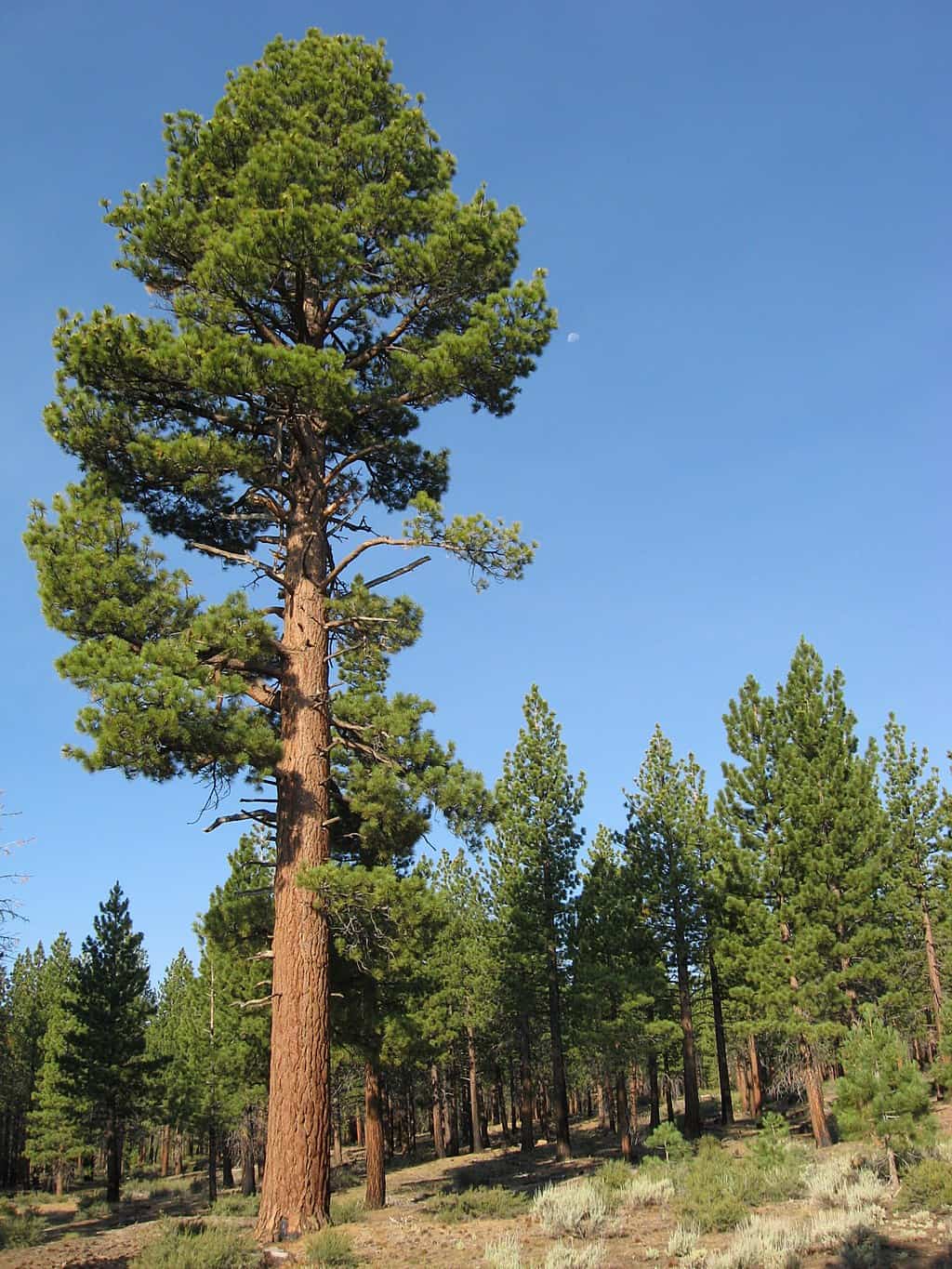
Another one of the natural wonders that has since vanished is the Jeffrey Pine in Yosemite National Park. Once considered to be the most photographed tree in the world, Jeffrey Pine became famous for its gnarled, wind-torn shape as well as the silhouette it cast over Yosemite Valley.
Nevertheless, the harsh weather that had shaped the tree into its recognizable form was also the thing that ended its luster. Though it technically died during a drought in 1977, Jeffrey Pine held on at least in shape before a series of storms in the summer of 2003 brought the tree crashing to the ground.
Twelve Apostles
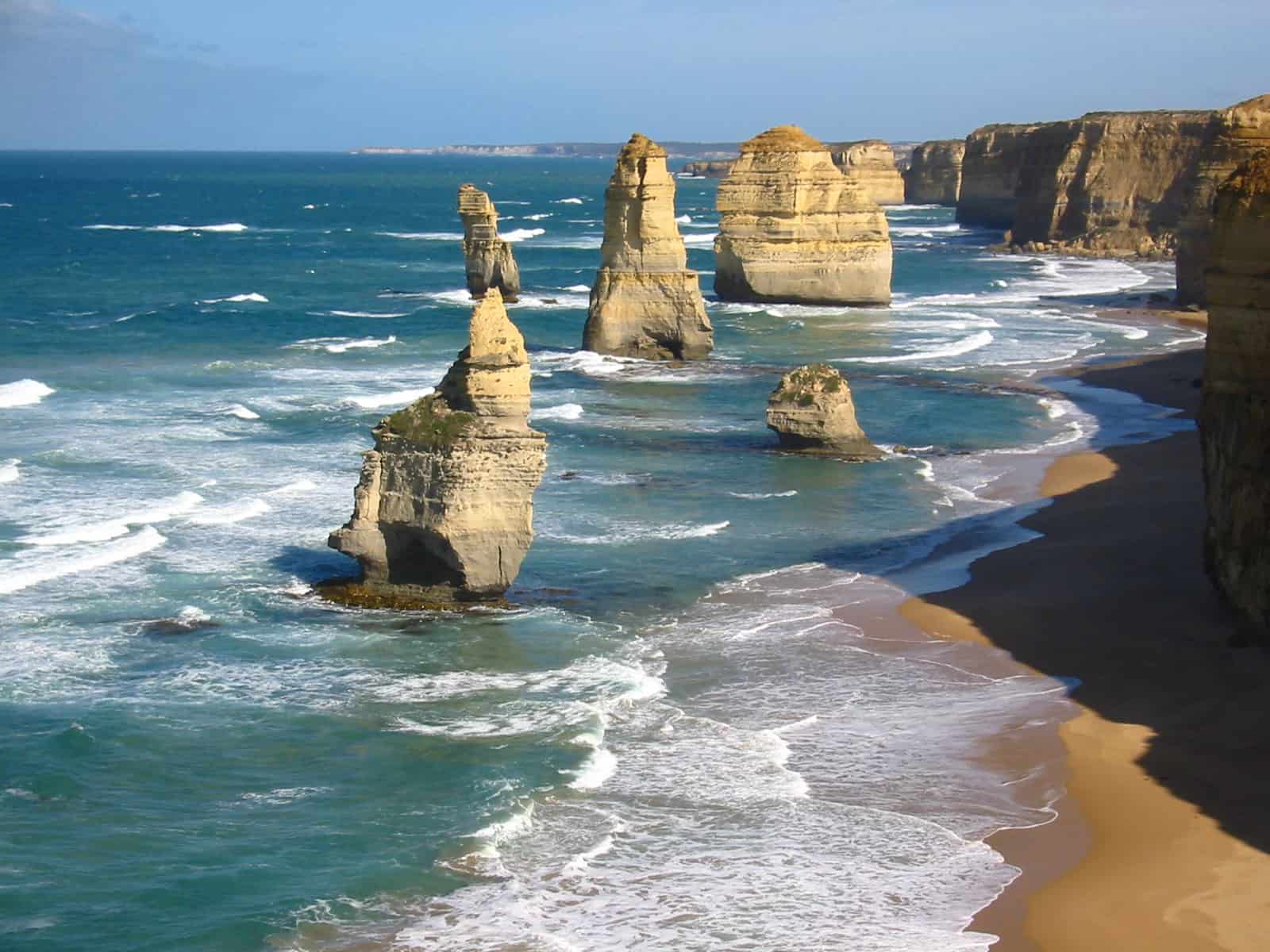
The Twelve Apostles were once a series of large rock formations along the coast of Victoria, Australia. The name is a bit of a misnomer, however, as there were only nine separate formations. Formed through millions of years of erosion, the rocks slowly separated from the coast to create a recognizable landmark.
Much like the Jeffrey Pine, however, the natural forces that birthed the Twelve Apostles also spelled their downfall. Starting in 2005, one of the Apostles fell into the sea, followed by another in 2009. Now, only seven of these structures are visible, with one too far out at sea to be seen easily.
(For other landmarks to cross off your bucket list, discover 50 natural wonders everyone should see at least once.)
El Dedo de Dios
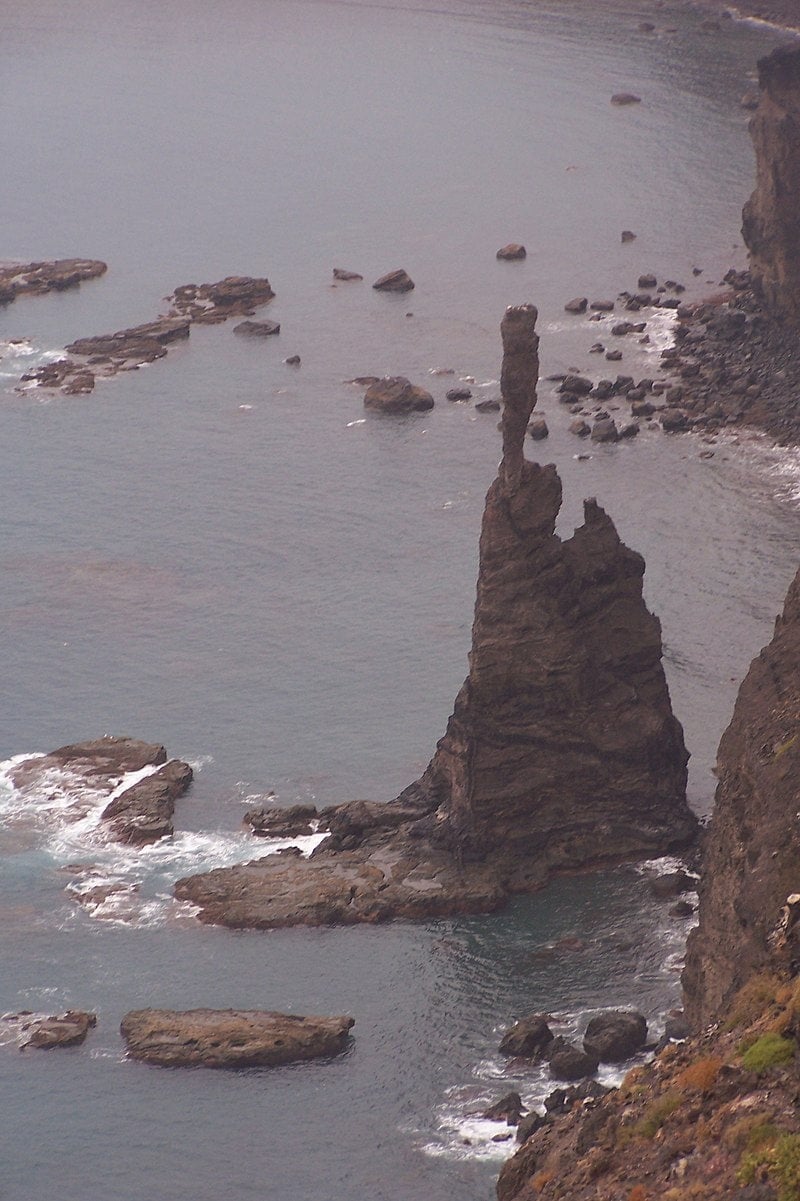
Another one of the natural wonders that has vanished is El Dedo de Dios. Situated off the coast of Agaete on the island of Gran Canaria, El Dedo de Dios was a basalt rock pillar that arched up towards the heavens with one spindly finger. Hence, its name translates to “God’s Finger.”
Frankly, it’s surprising El Dedo de Dios lasted as long as it did. Its thin, reedy apex was already unstable. As such, it was no match for a large tropical storm that hit the area in 2005. This caused the basalt finger to break off and crash into the sea. Unwilling to give up the landmark completely, locals renamed it Roque Partido, which means broken rock.
Lake Poopó
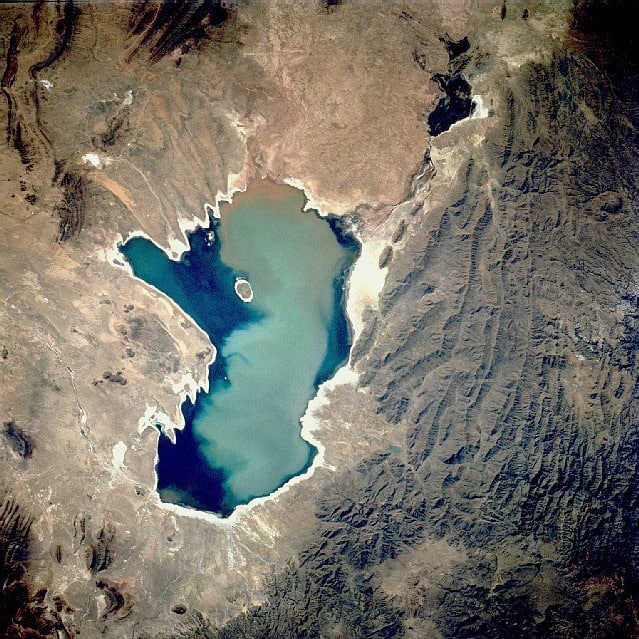
Another one of the natural wonders that has since vanished is Lake Poopó in Bolivia. Don’t be fooled by its questionable name, Lake Poopó was once Bolivia’s second-biggest lake. Sitting at over 12,000 feet elevation in the Andes Mountain Range, the lake was over 1,500 square miles and a diverse biome featuring over 200 species of animal.
The epic lake, however, was no match for the growing climate crisis around the globe. Due to a mixture of droughts and the diversion of water from its tributary rivers, Lake Poopó dried out completely by the end of 2015. Now, all that remains is a giant salt flat. Even top scientists see it unlikely that the lake will ever return to its full glory.
Wall Arch
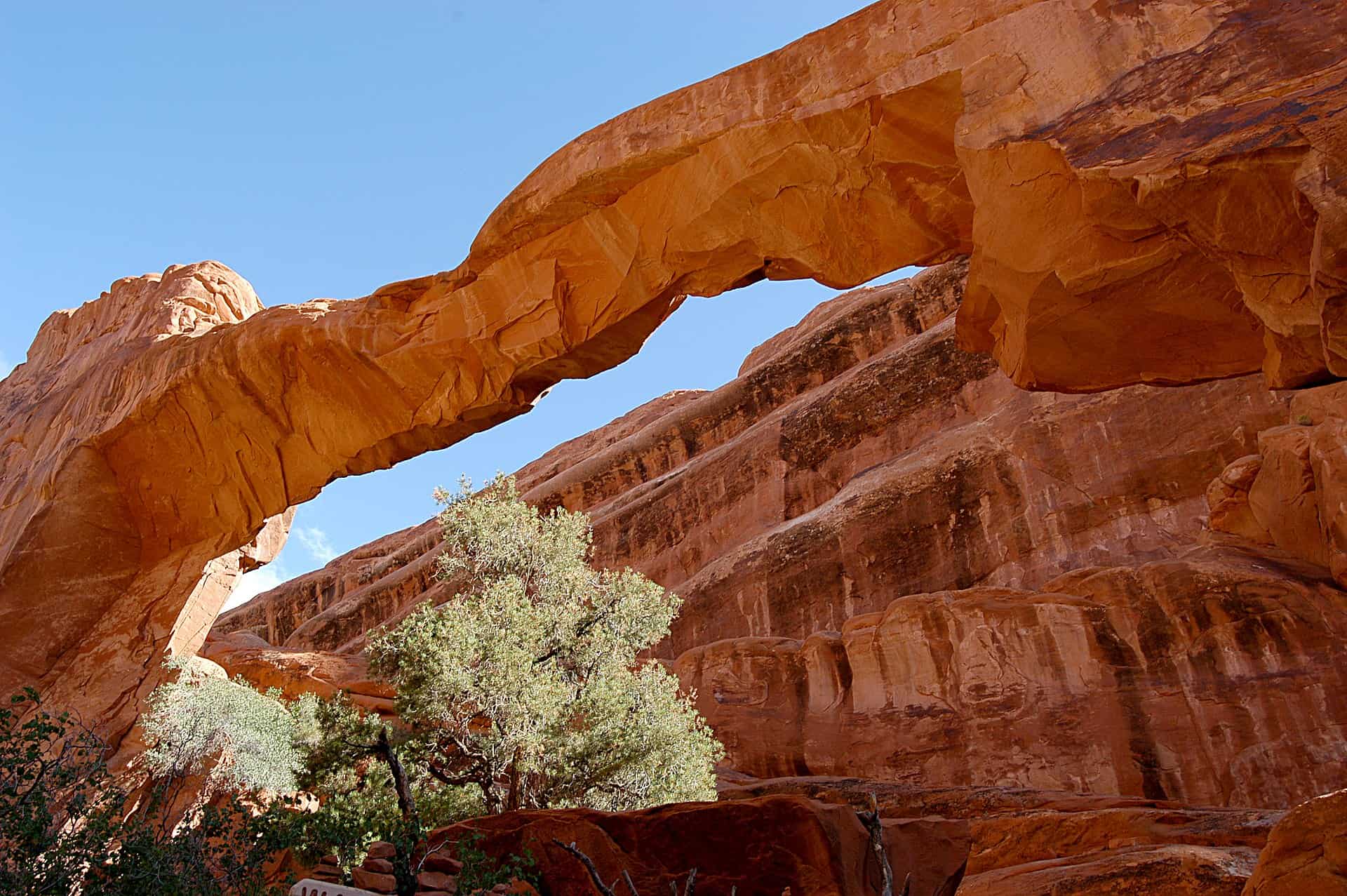
Wall Arch in Arches National Park in 2003, before its 2008 collapse
The Arches National Park in Utah contains a dazzling array of rock formations including spires, balancing rocks, and some 2,000 natural sandstone arches. One such spot was the Wall Arch. At 71 feet tall and 33.5 feet wide, the Wall Arch was only the park’s 12th largest arch. However, it was especially popular with tourists due to its proximity to nearby walking trails.
That all changed, however, in the summer of 2008. After hundreds of years of erosion, the calcium that ostensibly held up the arch had been eaten away sufficiently enough to cause its destruction. Though the exact cause of its demise is unknown, National Park representatives visiting the site saw clear stress fractures that facilitated the Wall Arch’s fall from grace.
Chacaltaya Glacier
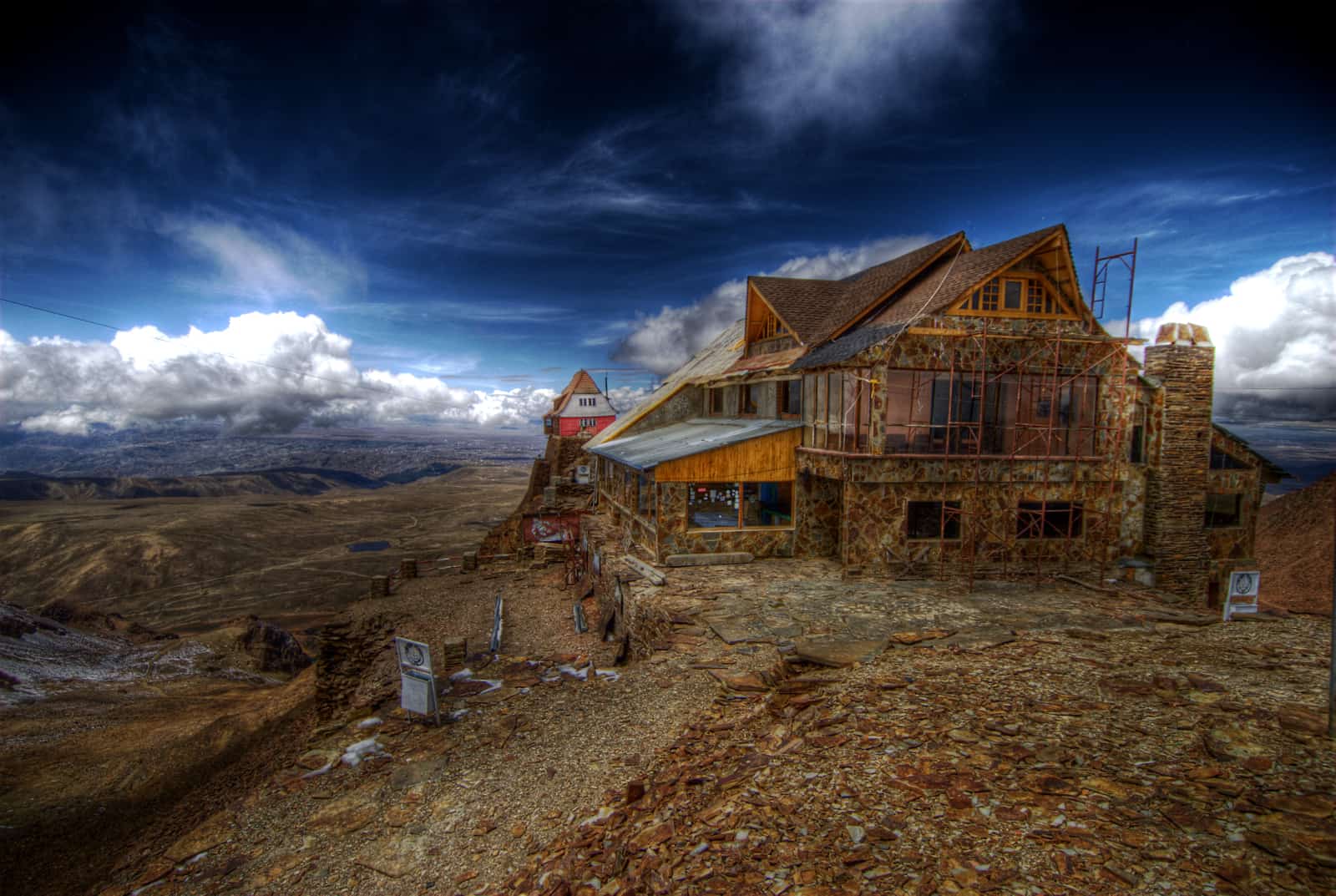
Another one of the natural wonders that has vanished is the Chacaltaya Glacier in Bolivia. Sitting at over 17,000 feet in altitude, the glacier was one, if not the highest, glacier in the world. Due to its location, the estimated 18,000-year-old glacier was also home to a popular ski resort.
While scientists predicted it would disappear by 2015, climate change sped up its disintegration. Because the temperature of the region had jumped up by 0.5 degrees Celsius, Chacaltaya Glacier was pretty much gone by 2009. Now, all that remains is the ski resort that once accentuated the massive glacier.
Okjökull glacier
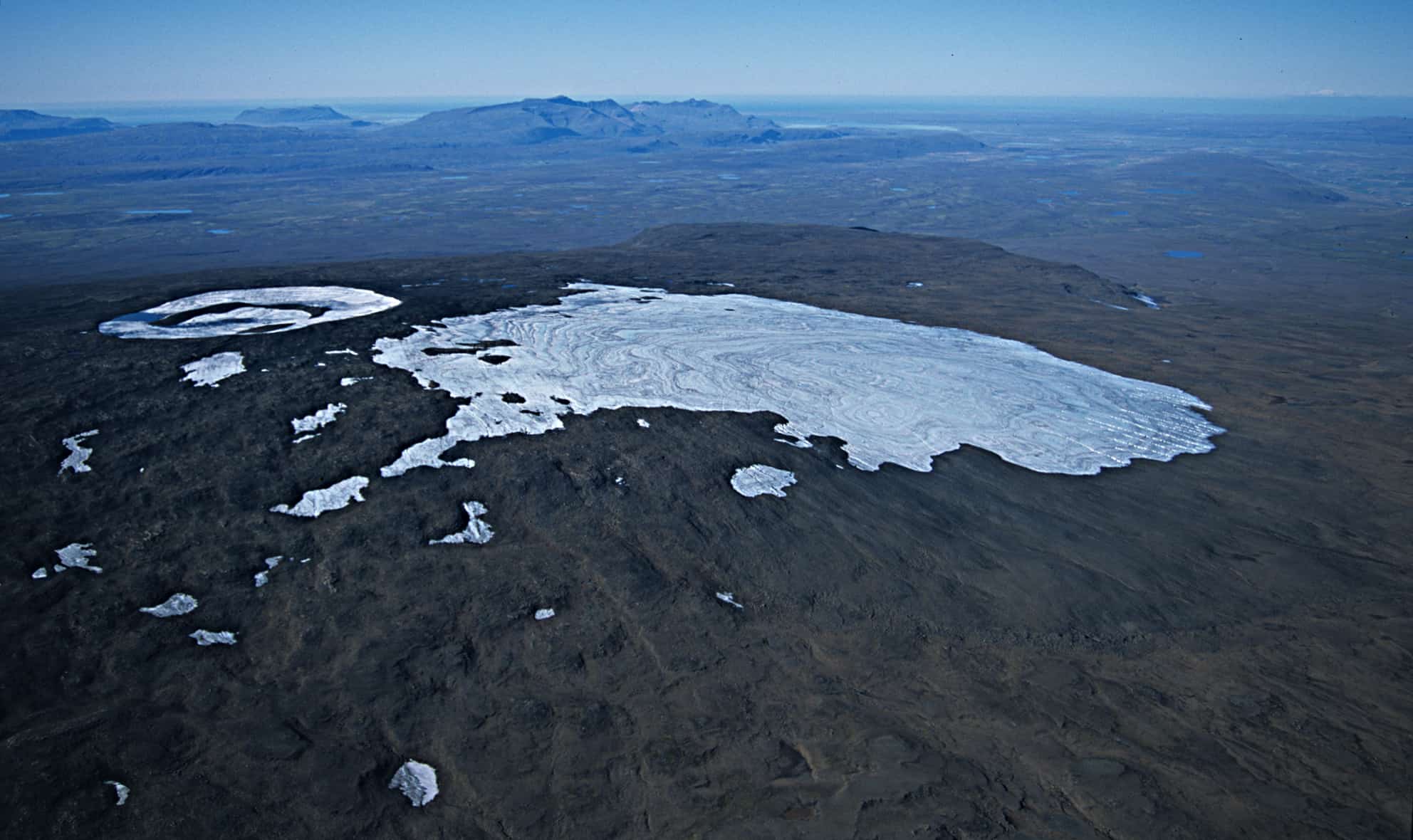
Near the turn of the last century, the Okjökull glacier was 160 feet thick and covered over six square miles of the western Iceland landscape. Sitting near the top of the Ok Volcano, the Okjökull glacier had been there for at least seven hundred years before climate change took its toll.
According to scientists, this natural wonder vanished because falling snow was melting faster than it could build up on its surface. Since Glaciers form by accumulating snow which allows them to move, Okjökull glacier had reduced in thickness by so much it could no longer move. It was declared officially “dead” in 2015. However, climate activists held a funeral for the glacier in 2019.
Duckbill Rock
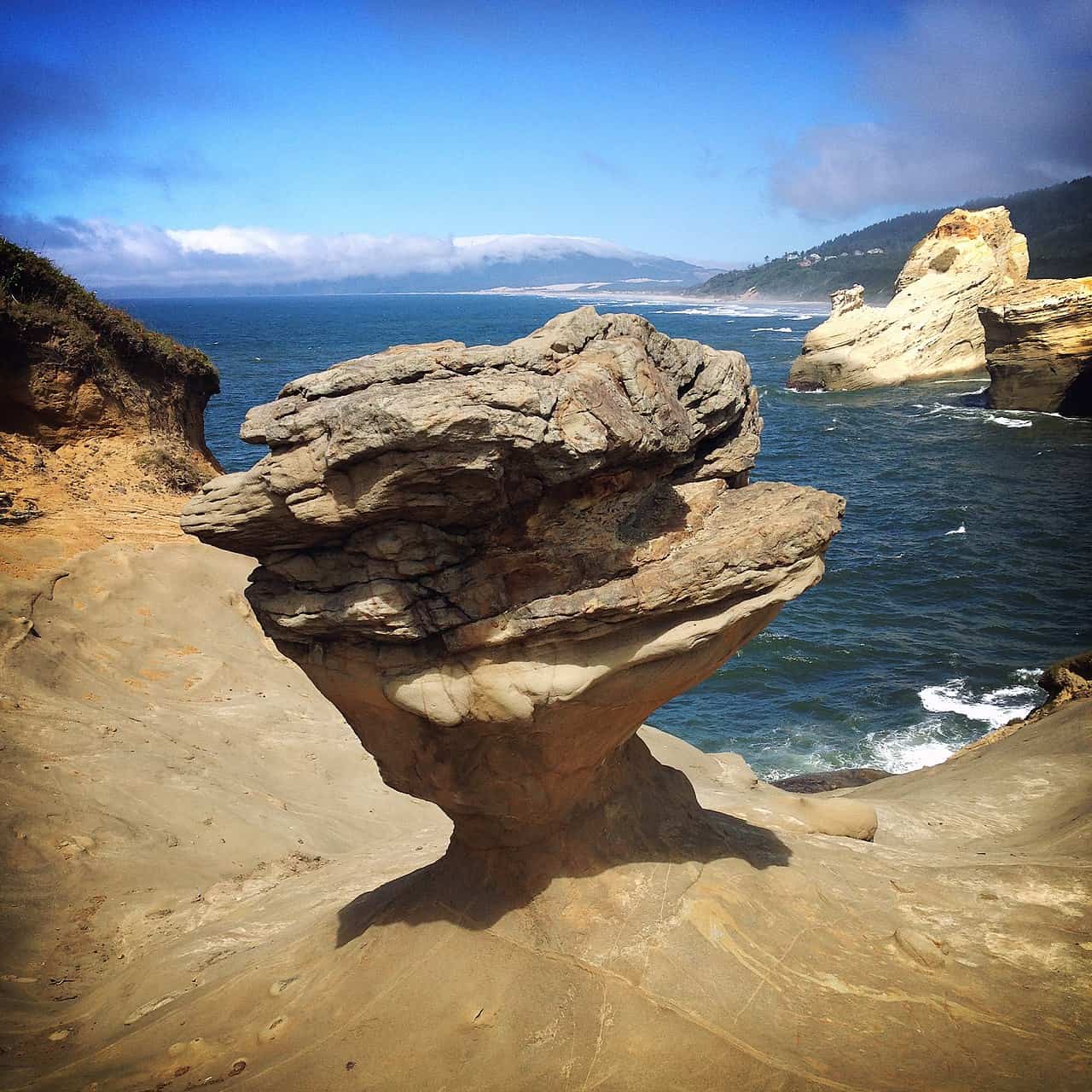
Another one of the natural wonders that has since vanished is Duckbill Rock in Oregon. Situated on the shoreline of Cape Kiwanda along the Oregon coast, the rock got its name due to the formation’s similarity to a duck’s bill. Known since the early 1900s, Duckbill Rock was a popular destination for tourists and photographers.
The rock met its demise, however, in the summer of 2016. Less a natural progression than a murder, video footage surfaced showing a group of vandals pushing the rock back and forth until it fell. The videographer approached one of the culprits who stated it was a safety hazard. What followed was an outpouring of anger and sadness from locals.
Legzira Beach
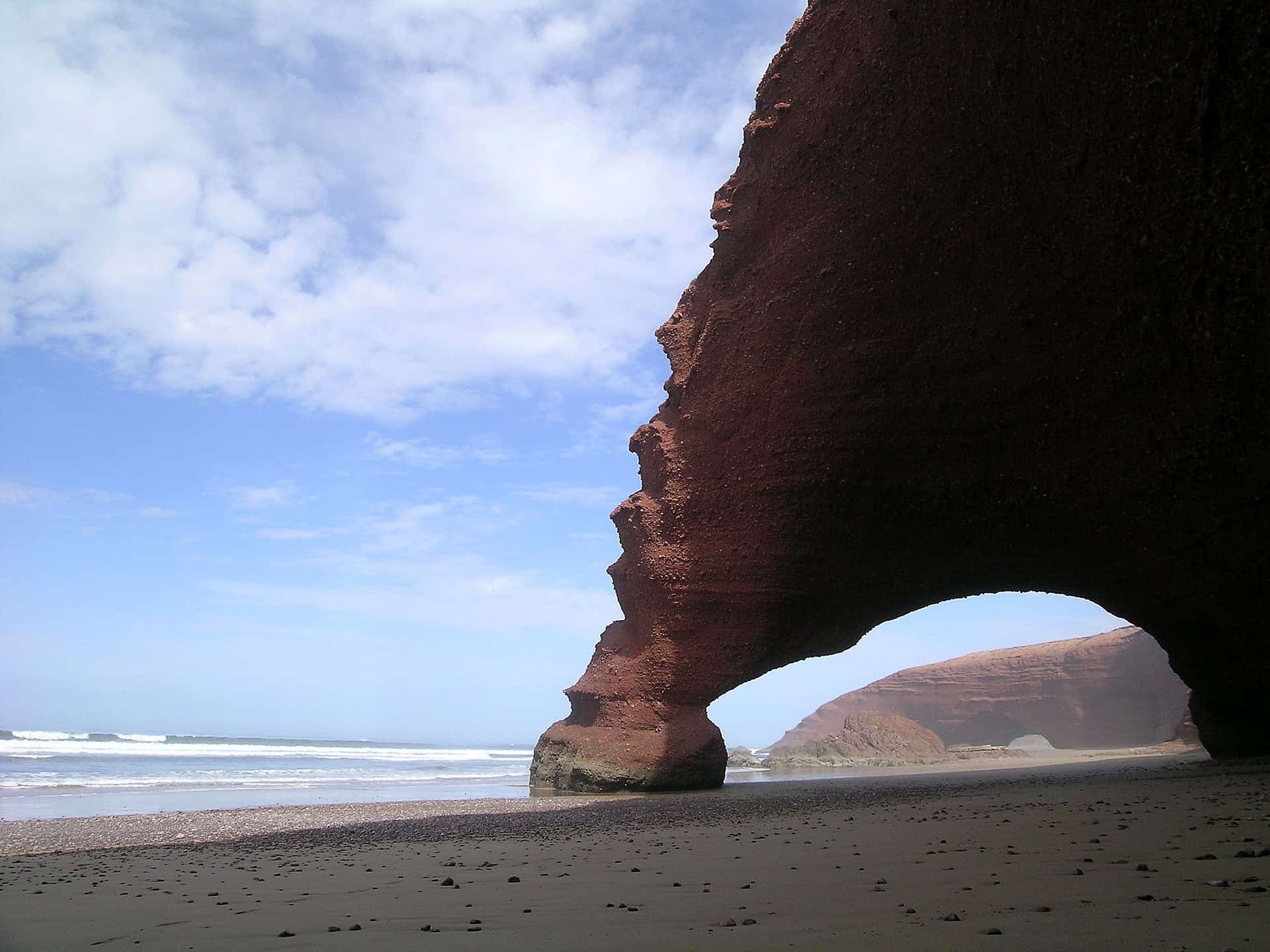
One of the most alien and exotic-looking beaches on Earth was Legzira Beach in Morocco. Situated in Tiznit Province along the Atlantic coast, Legzira Beach featured multiple massive rock arches. Due to its bizarre shape and crimson color at sunset, photographers and tourists alike flocked to the destination.
In 2016, however, one of the massive rock arches crumbled into the ocean. While the exact cause of its collapse is unknown, the best guess is a mixture of endless crashing waves and structural cracks caused the arch to fall. Though one arch remains, it is also in danger of crashing into the ocean.
The Azure Window
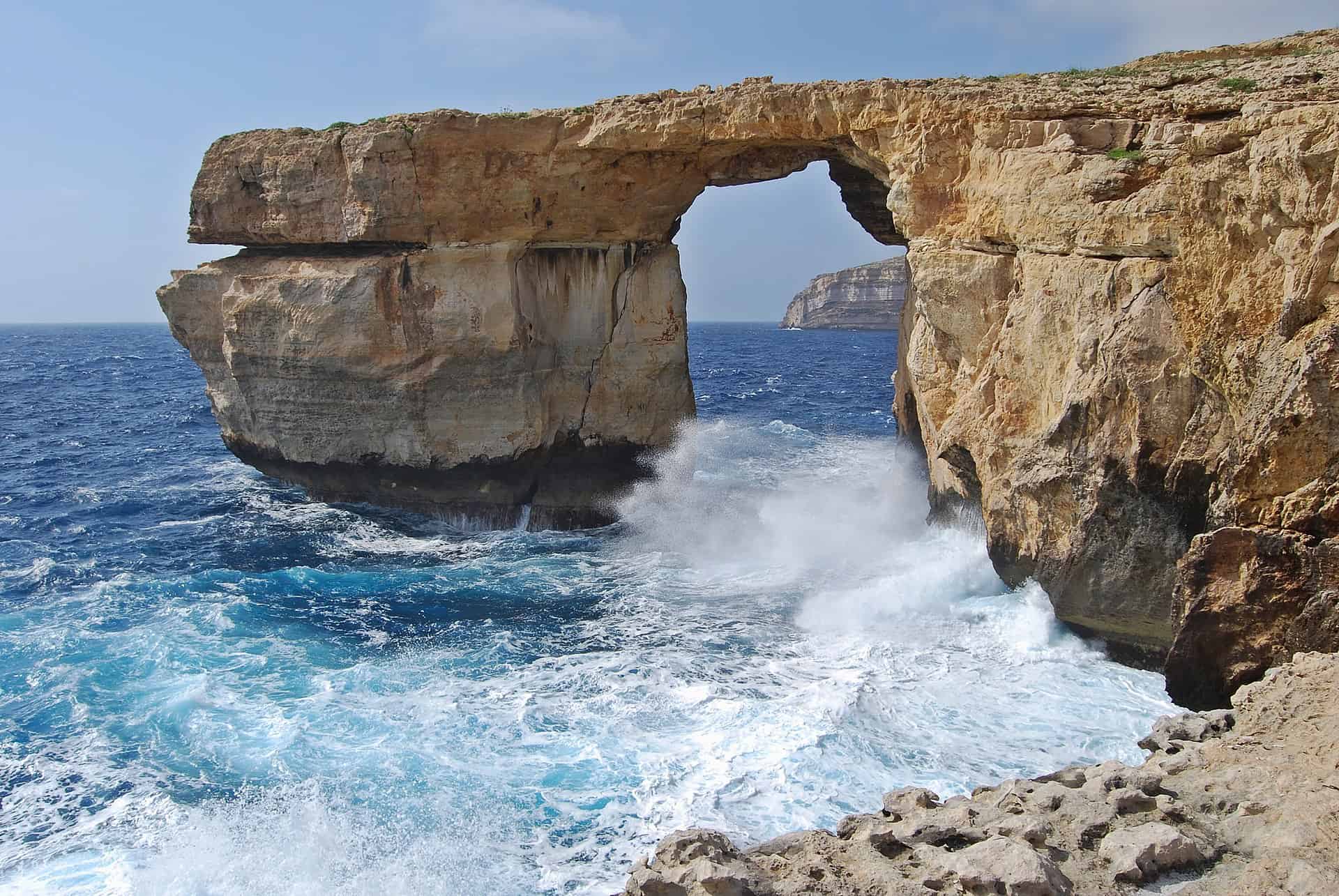
Another one of the natural wonders that has vanished is the Azure Window in Malta. Once considered the most photographed sea arch on Earth, the Azure Window was a large sea bridge and arch made of limestone that jutted out into the cerulean waters of the Mediterranean. It was so famous that it even made an appearance in the hit show “Game of Thrones.”
The window was boarded up, however, in the spring of 2017. Though it was expected to eventually fall due to thousands of years of erosion, harsh weather conditions and heavy storms brought down the Azure Window much sooner than expected. It was such a loss that then-Prime Minister of Malta Joseph Muscat called its demise “heartbreaking.”
Darwin’s Arch
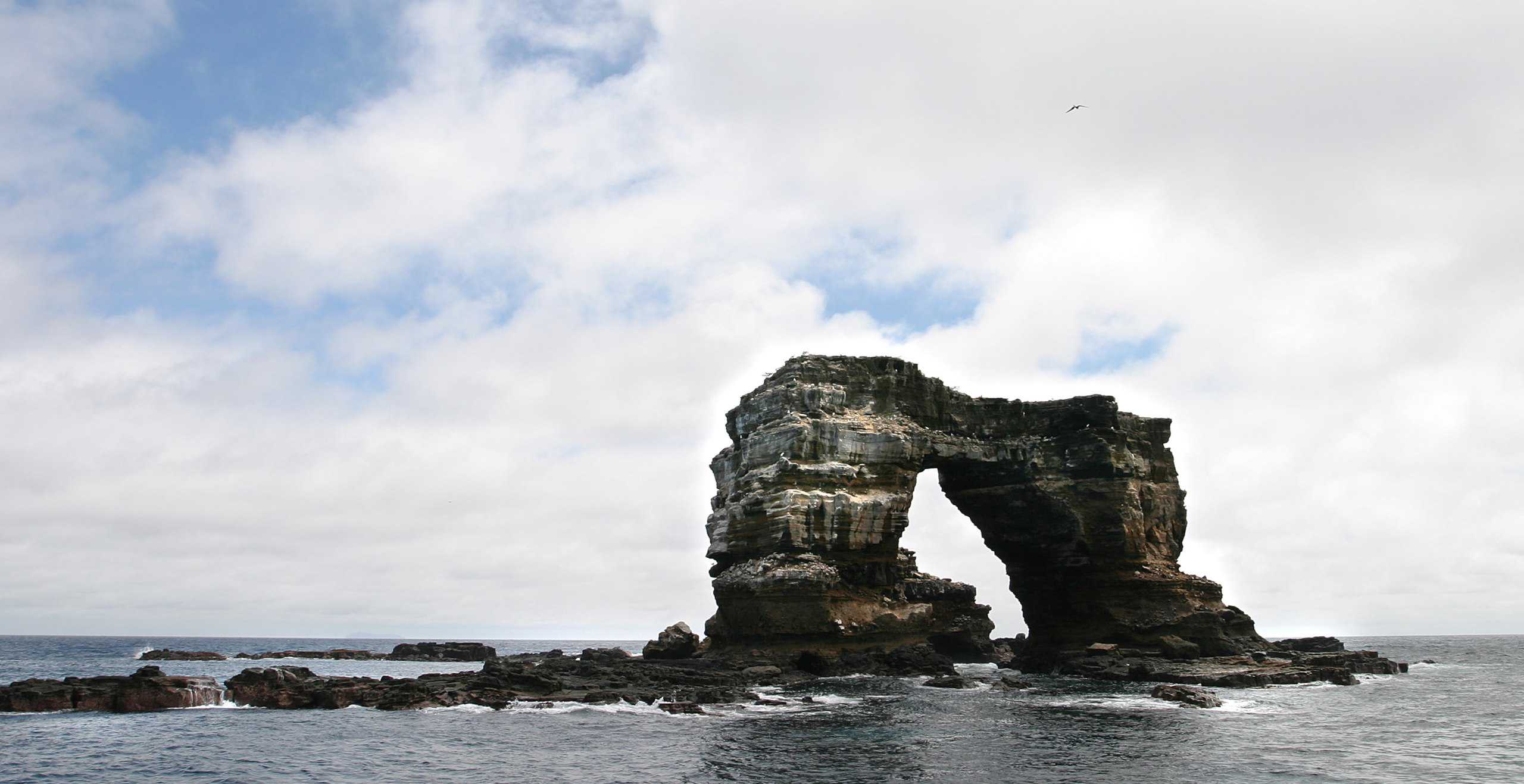
Another one of the natural wonders that has since vanished was Darwin’s Arch. Located just off the coast of the Galápagos Islands, the stunning sea arch earned its name from biologist Charles Darwin, who conducted his most famous research nearby. Besides its epic structure, the arch was a popular scuba diving spot.
Darwin’s namesake met its untimely end, however, in the middle of May 2021. Its sudden demise just happened to be witnessed by tourists passing by in a boat. Now, all that remains of the fabulous wonder is the two supporting rock formations that held together the natural rock arch before erosion took it.
Larsen Ice Shelf
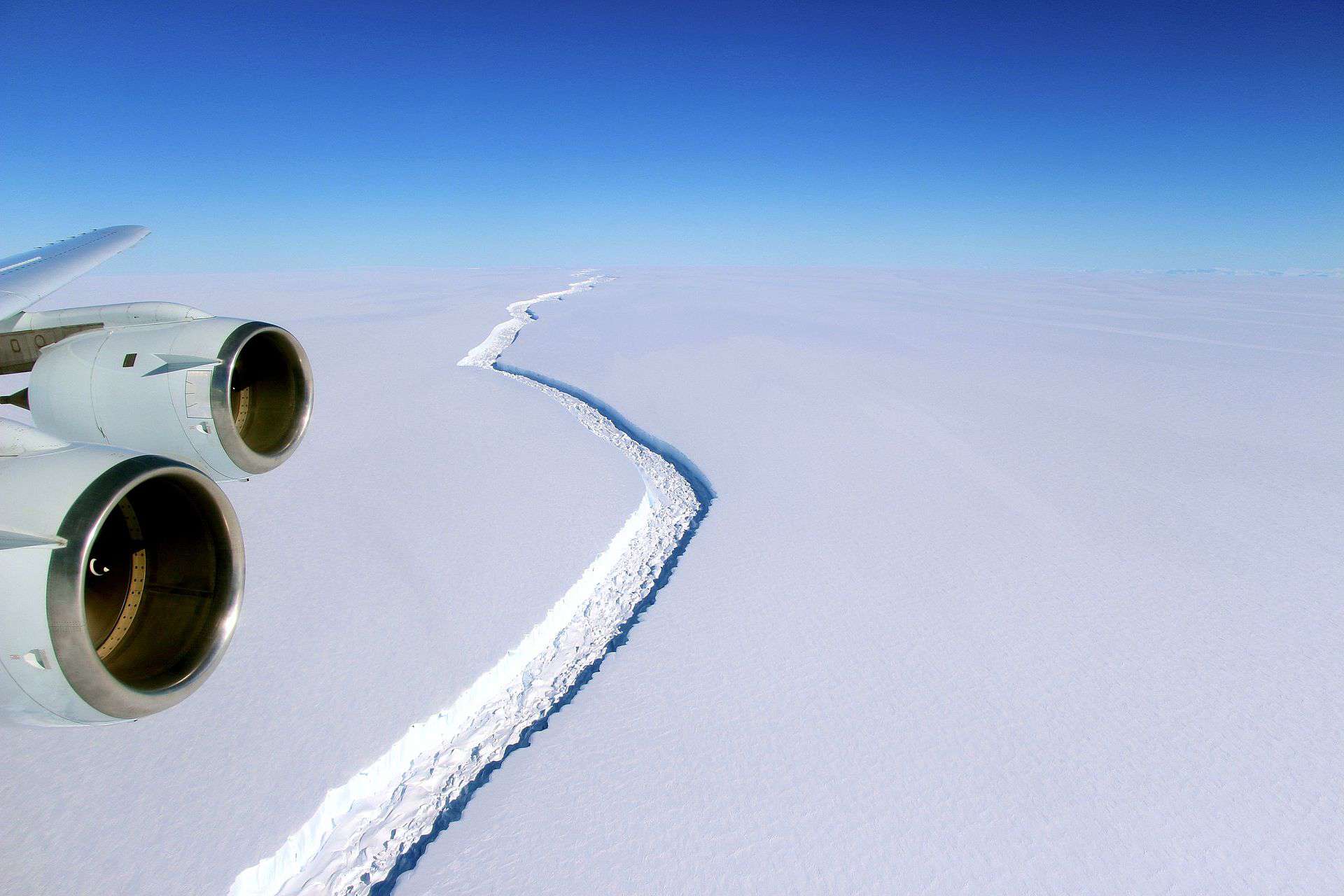
The Larsen Ice Shelf is one of the biggest natural wonders that almost no one has ever seen. Due to its location deep in Antarctica, most witnesses to its grandeur were scientists and researchers. Nevertheless, the ice shelf was huge, covering an area of some 33,000 miles.
Due to significant changes in air temperature from climate change, however, the ice shelf began to shrink at an increasing rate. Starting in 1995, the first section of the Larsen Ice Shelf A detached before Larsen B followed in 2002. The third shelf can be saved, however, if actions are taken to curb emissions and reduce the effect of climate change.
Pink and White Terraces
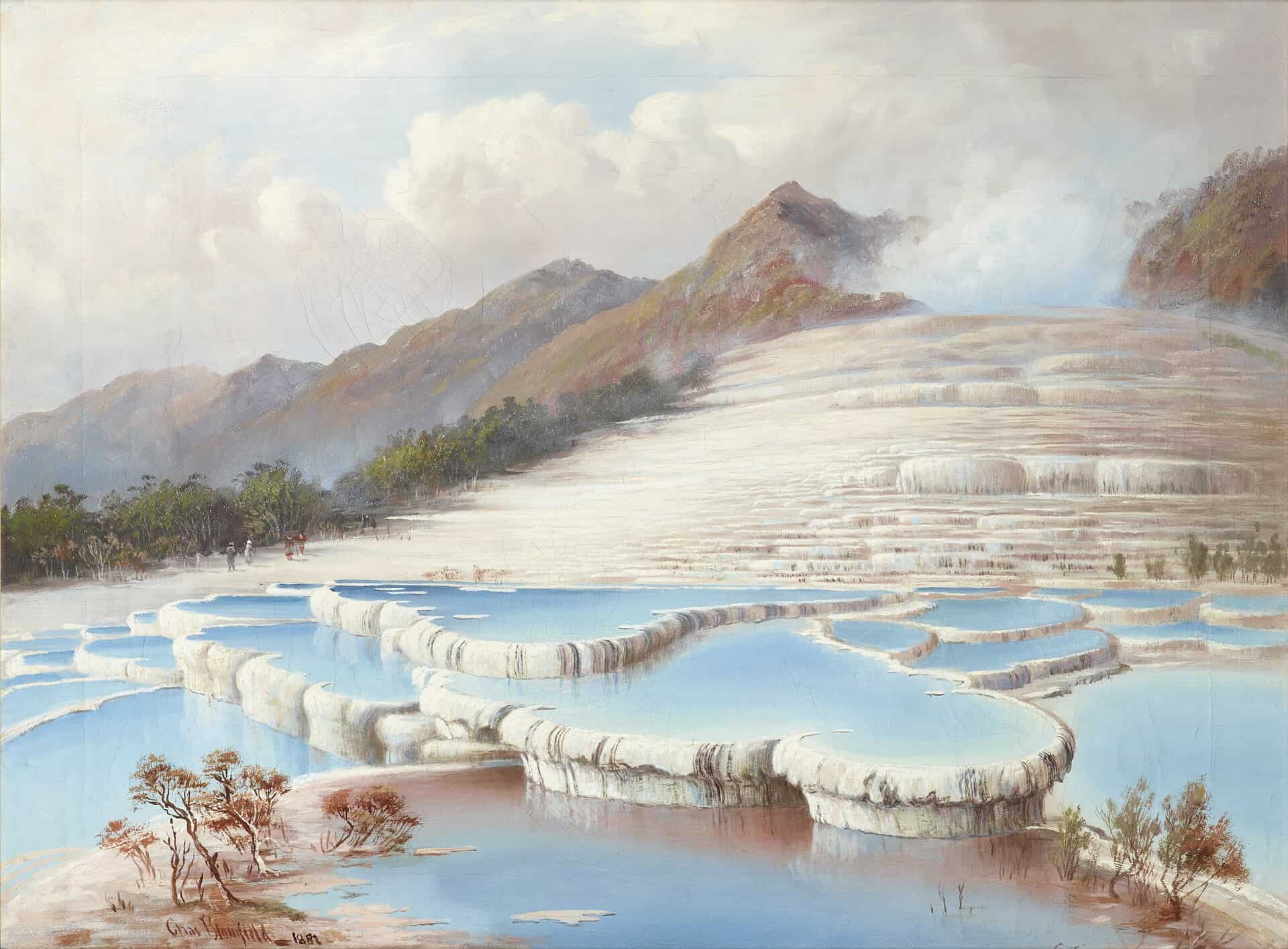
Another one of the natural wonders that has vanished is the Pink and White Terraces in New Zealand. Thought to have been situated along the shores of Lake Rotomahana, the terraces were formed by hot geysers falling down the side of the lake. As the geothermal water cooled it created unique terraced pools with a characteristic pink color.
The landmark was famously depicted in a painting by artist Charles Blomfield in 1882. Modern visitors, however, never got a chance to see it. That’s because of the eruption of Mount Tarawera in 1886, which expanded the lake and buried the unique terraces some 200 feet underwater.
Hillary Step
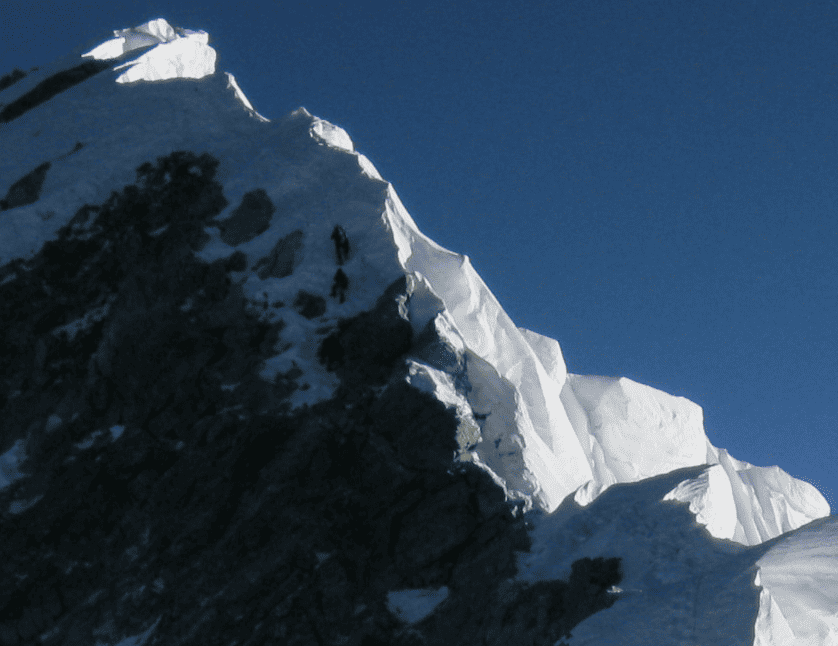
One natural wonder that has since vanished is the Hillary Step. It was situated near the summit of Mount Everest in Nepal. The Hillary Step took its name from the first explorer to reach the top, Sir Edmund Hillary. After that, the step became the go-to route for would-be summiters once they reached the apex of the world’s largest mountain.
That changed, however, sometime in the mid-aughts. Nowadays, the Hillary Step disappeared or is just hidden. Some sources say an earthquake in 2015 caused the precipice to fall, while others say the step is simply covered in an inordinate amount of snow. Either way, it is one landmark you won’t be able to find easily anymore.
Valley of Geysers
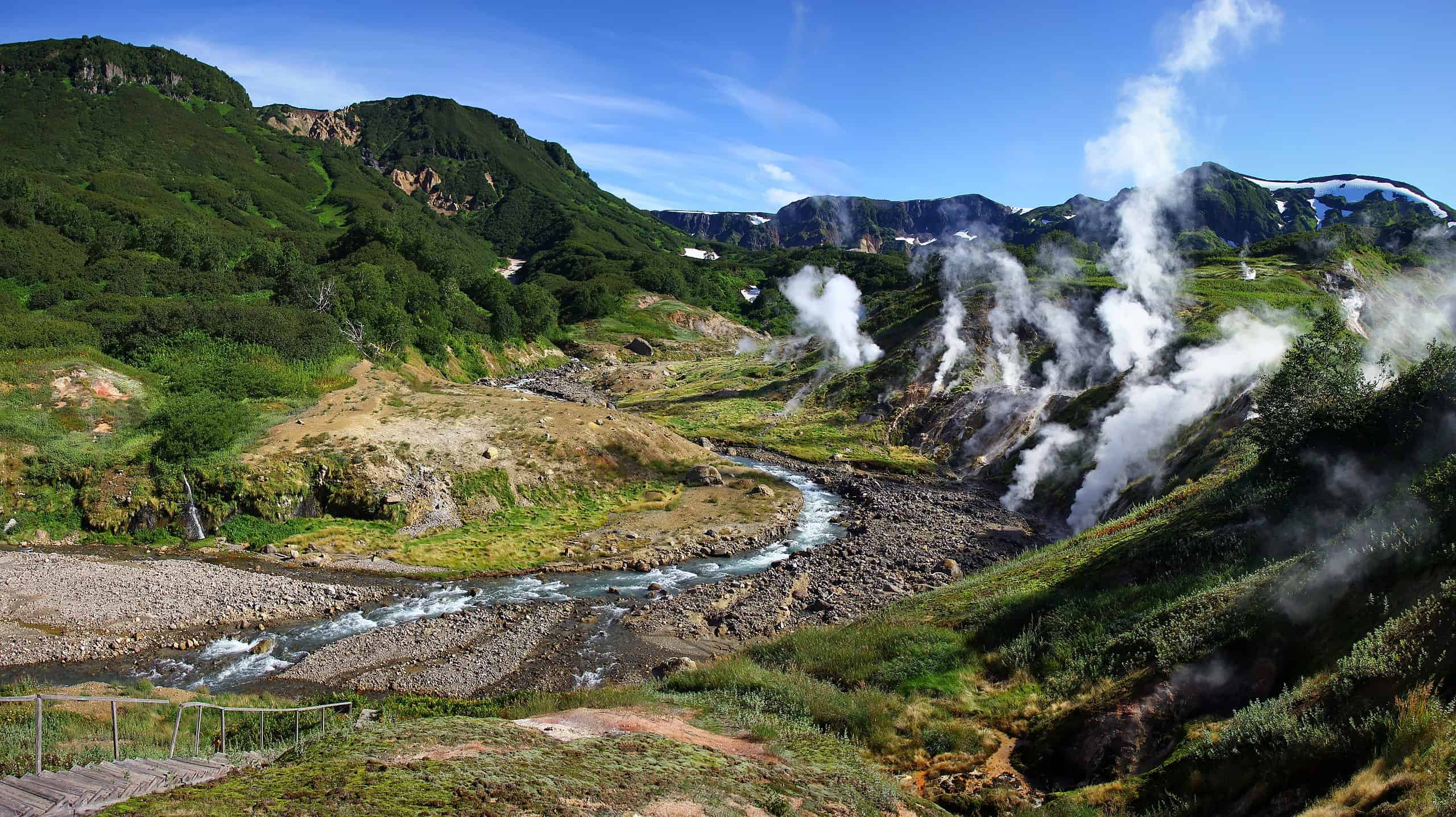
Another one of the natural wonders that has vanished is the Valley of Geysers. Located in Russia’s Kamchatka Valley, the Valley of Geysers was once the second-largest concentration of geysers in the world. Second only to Yellowstone National Park in Wyoming, the Valley of Geysers featured over 90 geysers in its small, six-kilometer basin.
The seeds of its destruction were sowed, however, in 2007. A large mudslide ran through the basin, consuming much of the valley in its wake. Indeed, so much water flowed in that it created a natural dam. Though some of the geysers have reemerged after the water sucked back out, the awe-inspiring site of the Valley of Geysers was irrevocably changed.
The Aral Sea
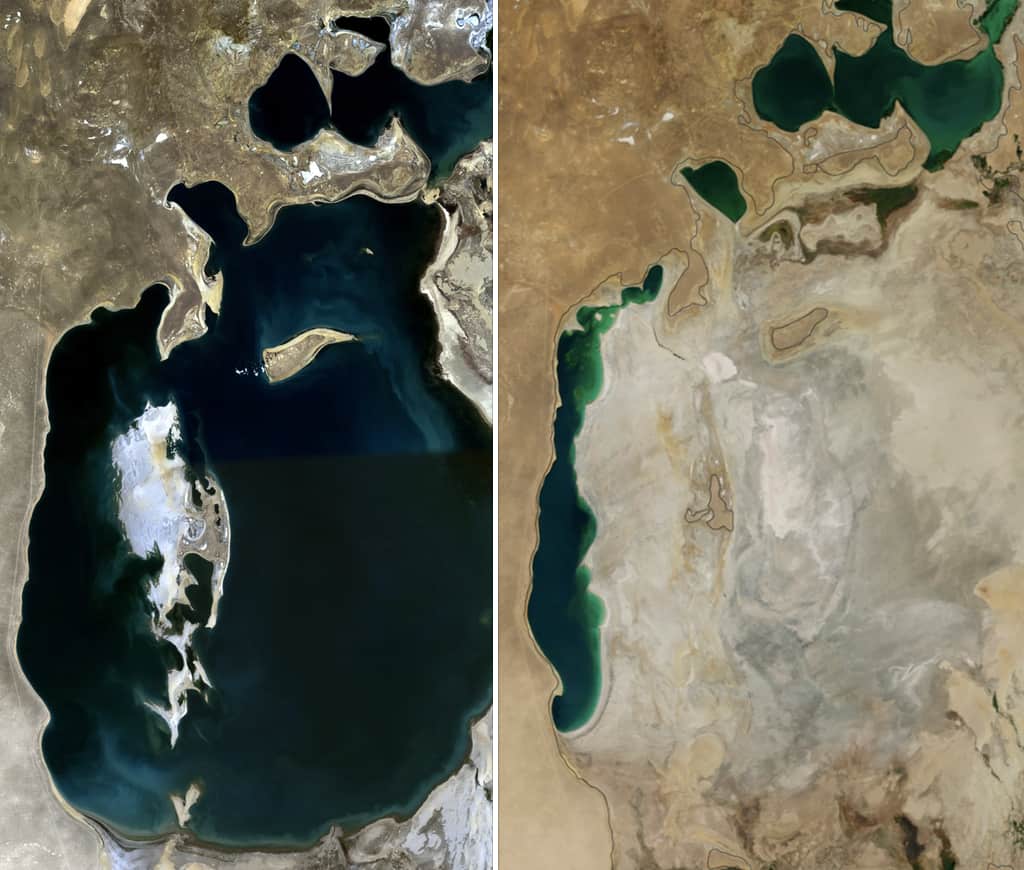
Another one of the great natural wonders that has vanished is the Aral Sea. Once situated among various countries in Central Asia as well as the nearby Caspian Sea, the Aral Sea was also the fourth largest lake in the world. This changed, however, after relentless incursions into the water space in the 20th century.
When the area was under Soviet Control, the inflowing Amu Darya and Syr Darya river systems were diverted for irrigation purposes. The project quickly sucked out large amounts of water from the Aral Sea. Due to this, the once giant water mass was reduced to a couple of smaller lakes. Now, the eastern lake is completely dried up. It is considered one of the worst environmental disasters in human history. (For natural wonders with a touch of the unknown, discover the most mysterious places in the world.)
